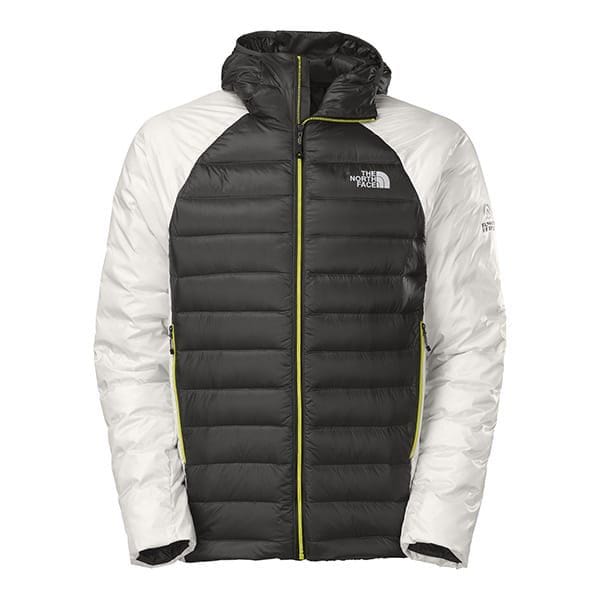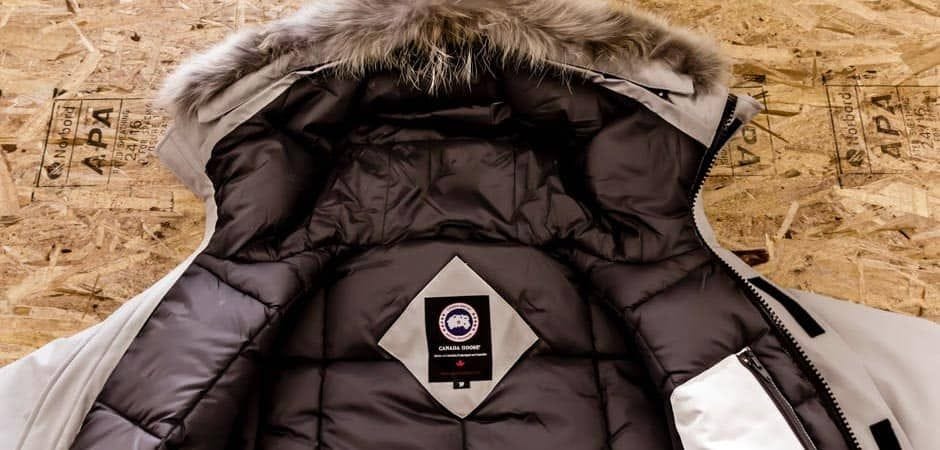Recently, The North Face has declared that by 2017 all their down products will be certified by the RDS. Much like Patagonia who has claimed that the company’s organic policy was the catalyst in developing California’s organic cotton farm industry, The North Face believes it’s bringing down production to a new ethical era by encouraging other companies into getting their products RDS certified as well.
However, Patagonia had already established much stricter standards for all their down products and, in 2014, all their products respected this Traceable Down Standard.
Both companies have released their standards to the public for others to use. You can read the complete Traceable Down Standard documentation here and the official RDS documentation here.
If you’re like me, you’ll want to know the main difference rather than reading the fairly dry documents so here they are:
1. Patagonia’s standard covers more different types of bird farms. Therefore, it reduces the risk of live-plucking more than The North Face’s RDS.
2. The North Face standards allow creating blends of certified and non-certified down. Patagonia’s does not.
3. The North Face standards allow the collection of down from farms that also force-feed birds as long as the down does not come from birds that have been force-fed. Patagonia does not allow so called “parallel production” farms.
Looking at these differences, it’s clear that Patagonia has stricter standards. Yet, it’s still too early to see which standard will become the technical industry norm for ethical down jackets. For those who aren’t interested in down, there are multiple synthetic jacket alternatives such as Thermoball Hoodie which we have reviewed in the past.
Share on










